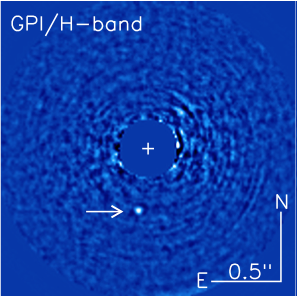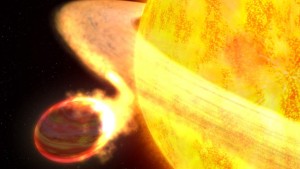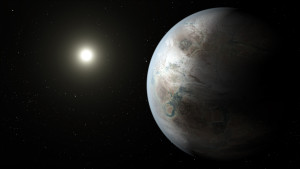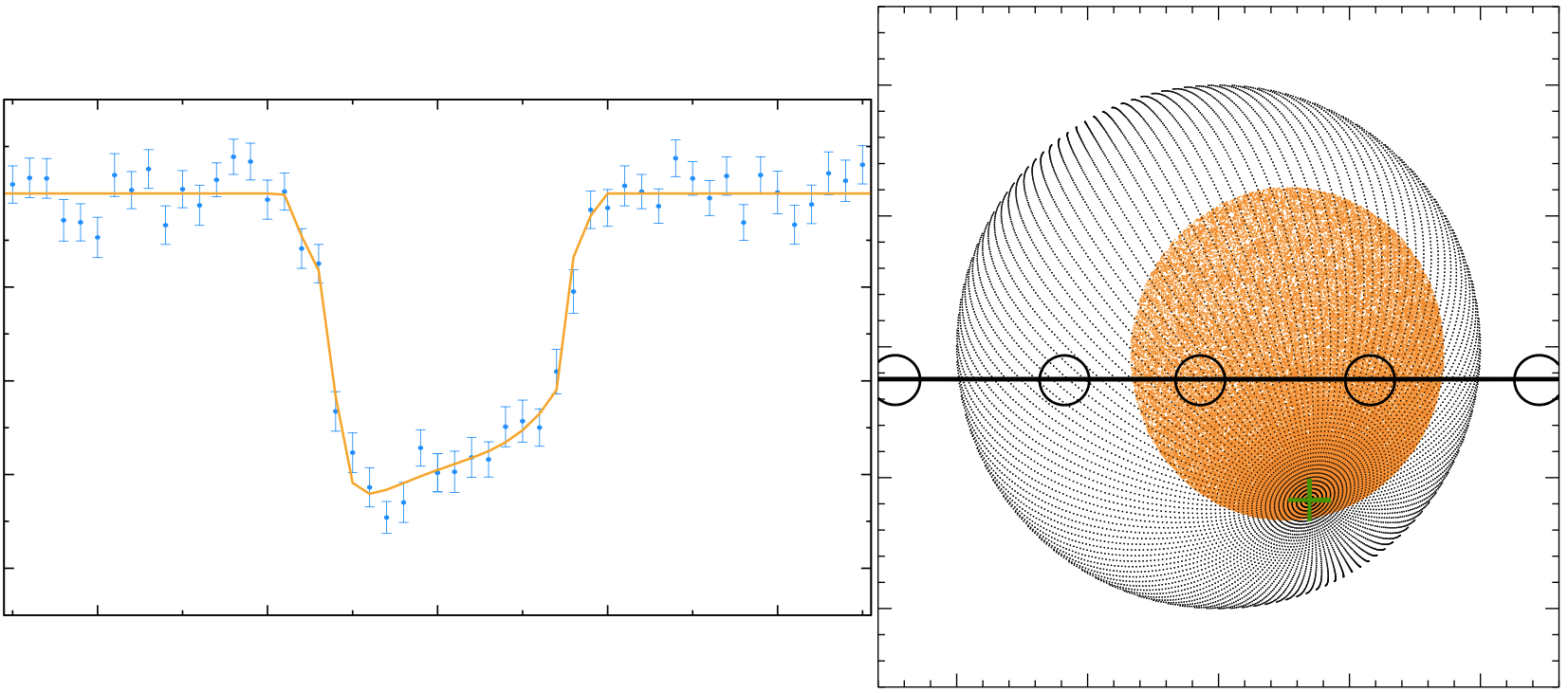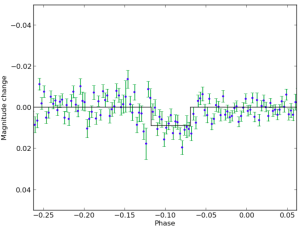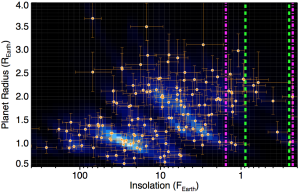 First, I would like to thank Michael Blanchard and Rena Drennon for their generous support of our PonyUp Campaign at Boise State.
First, I would like to thank Michael Blanchard and Rena Drennon for their generous support of our PonyUp Campaign at Boise State.
At journal club this week, we had to talk about the recent confirmation of flowing water on the surface of Mars. How did scientists confirm that water is flowing on Mars? They studied a well-known martian phenomenon, recurring slope lineae (RSL).
These lanes of darkened martian surface occur seasonally, usually on the slopes of craters facing the Sun, and have been observed on Mars for a few years. Their seasonal occurrence on Sun-facing slopes pointed to the possibility that they result from flowing water, but since flowing water on Mars could be such a huge discovery, scientists have been very cautious about their origins; hence the obscure name.
In the recent paper, Ojha and colleagues analyzed high-spatial resolution observations of Mars from the HiRISE camera to carefully localize the flows on Mars’ surface. They then analyzed infrared observations from HiRISE’s sister instrument CRISM to look for spectral evidence of salts dissolved in water.
The salts they looked for aren’t like table salt but instead consist primarily of perchlorates. These chemicals can be toxic for us, but they are well-documented on Mars. Ohja and colleagues showed that the lineae exhibit spectral features consistent with dissolution of perchlorate salts.
These salts are known to significantly lower the freezing point of water, so they could easily keep water liquid, despite Mars’ cold temperatures. Eventually, even this briny water sublimates at Mars’ low surface pressures, and the spectral features found by Ohja and colleagues fade as the linaea fade, presumably as the water evaporates on the surface.
Why is this discovery so exciting? It points to the very real possibility that there is microbial life on Mars in liquid water deposits deep beneath the surface.
Early in the solar system’s history, the life-giving soup of chemicals that rained down in meteorites on Earth probably fell on Mars. Conditions on early Mars could have been similar to Earths’, so life could very likely have arisen. Whether life still exists on Mars may just be a question of whether it could escape to subsurface oases bearing liquid water, whose existence is strongly suggested by this new discovery. It may be only a matter of a few years before we find life on Mars.
In attendance at journal club this week were Jennifer Briggs, Karan Davis, Hari Goppalakrishnan, Tyler Gordon, and Emily Jensen.
